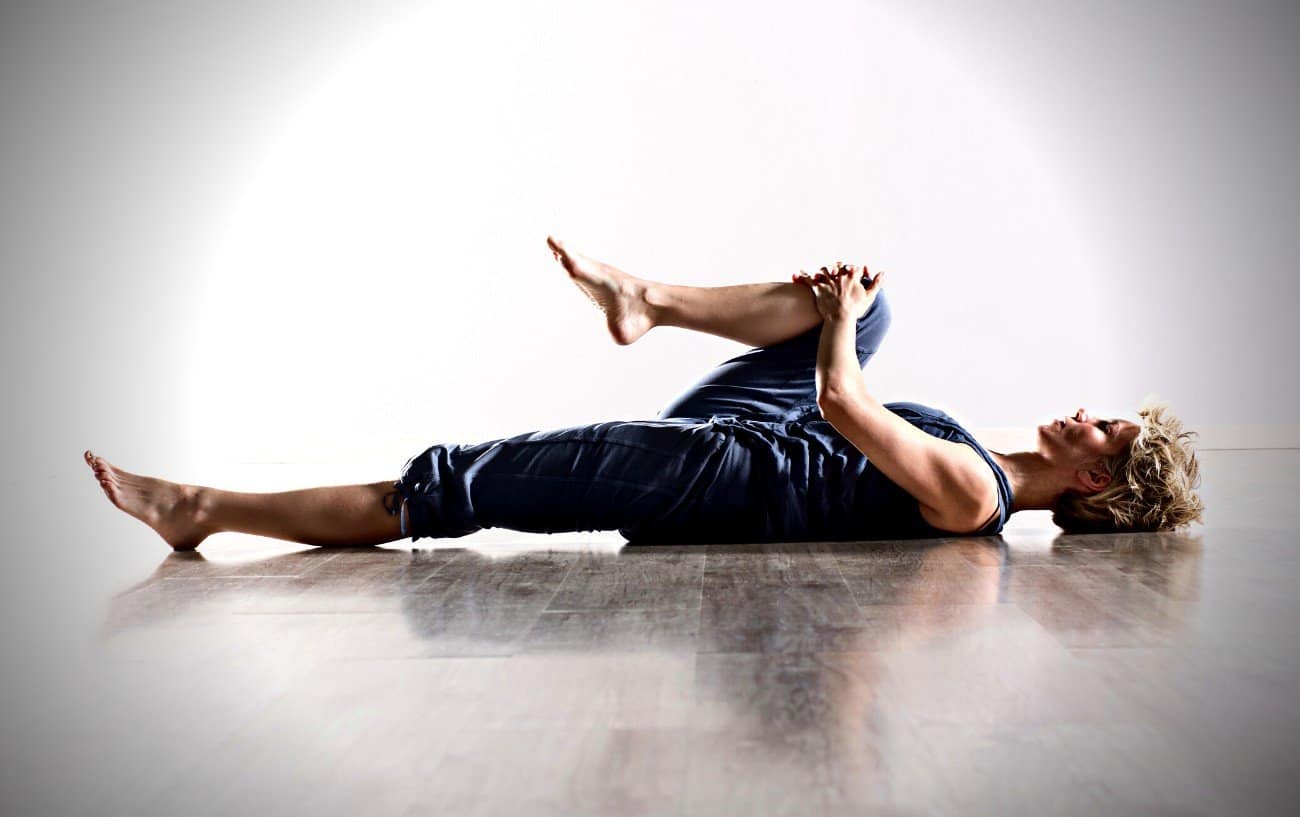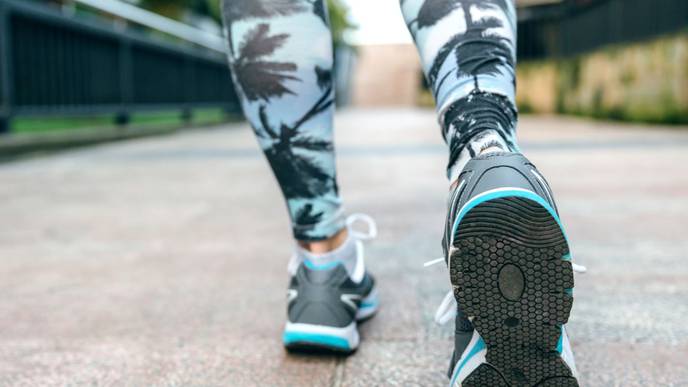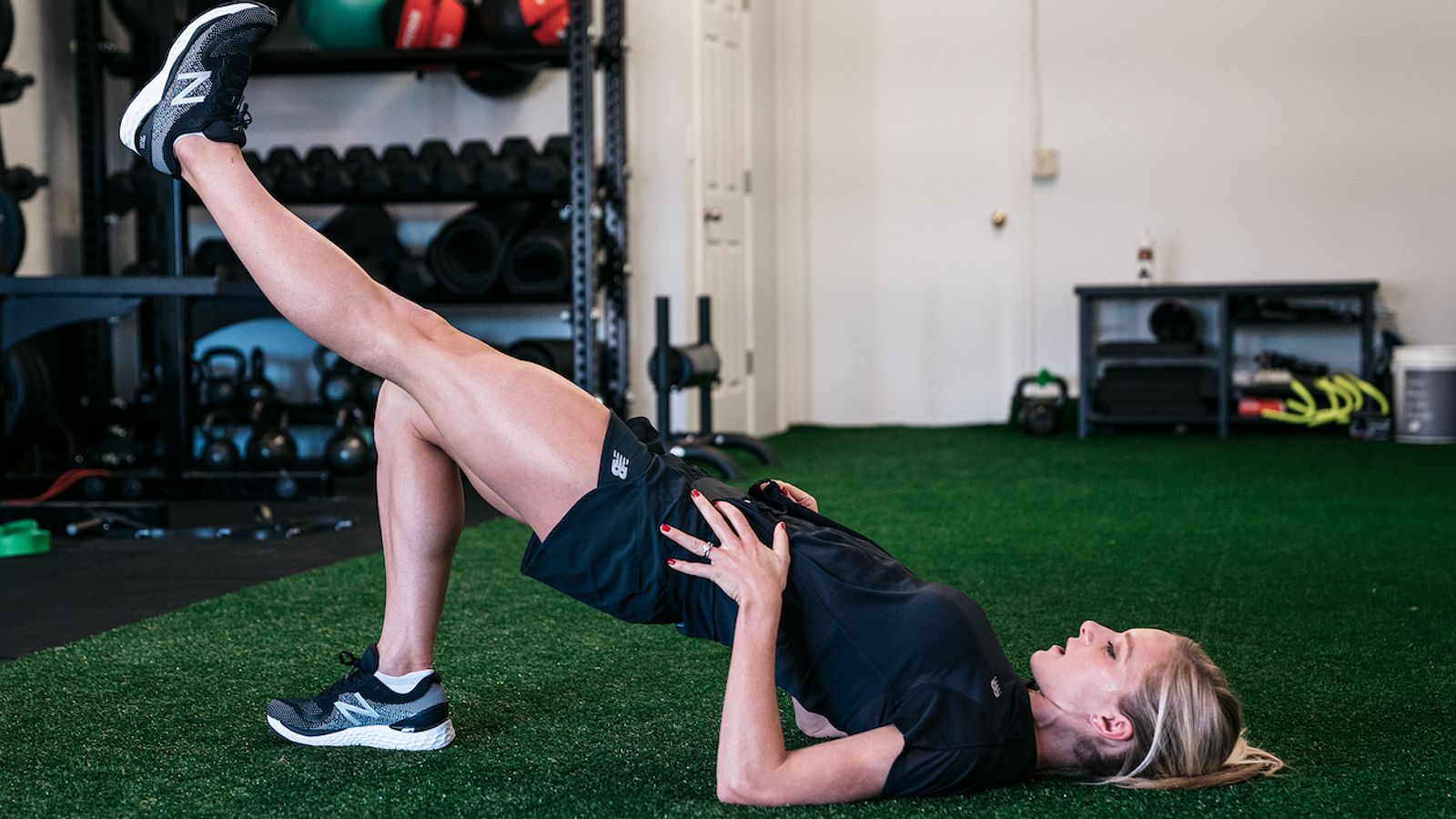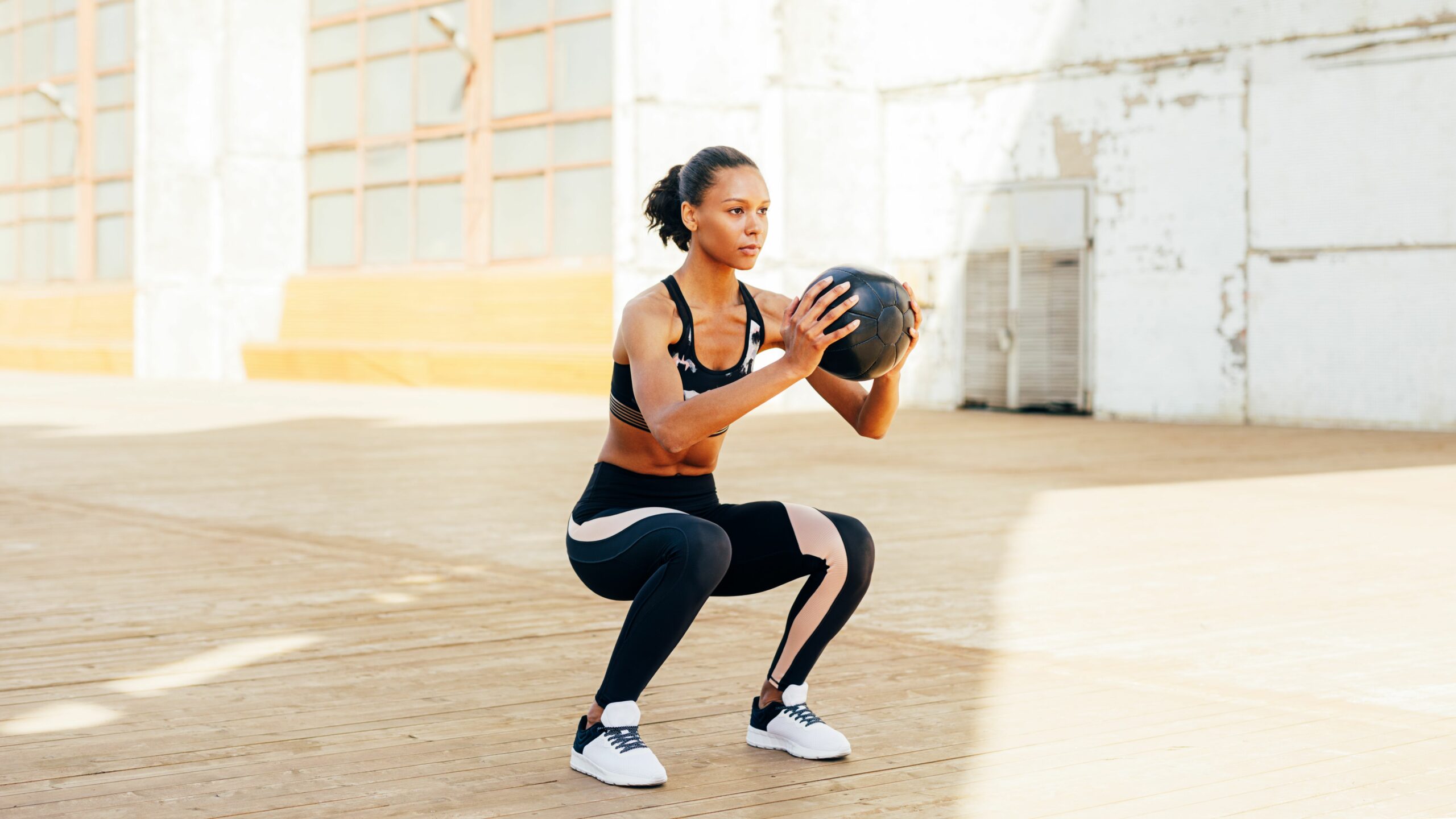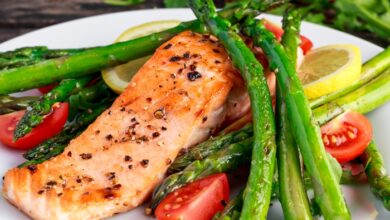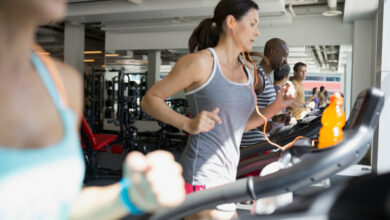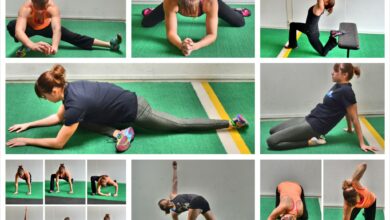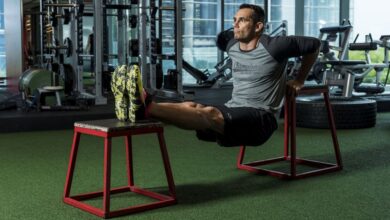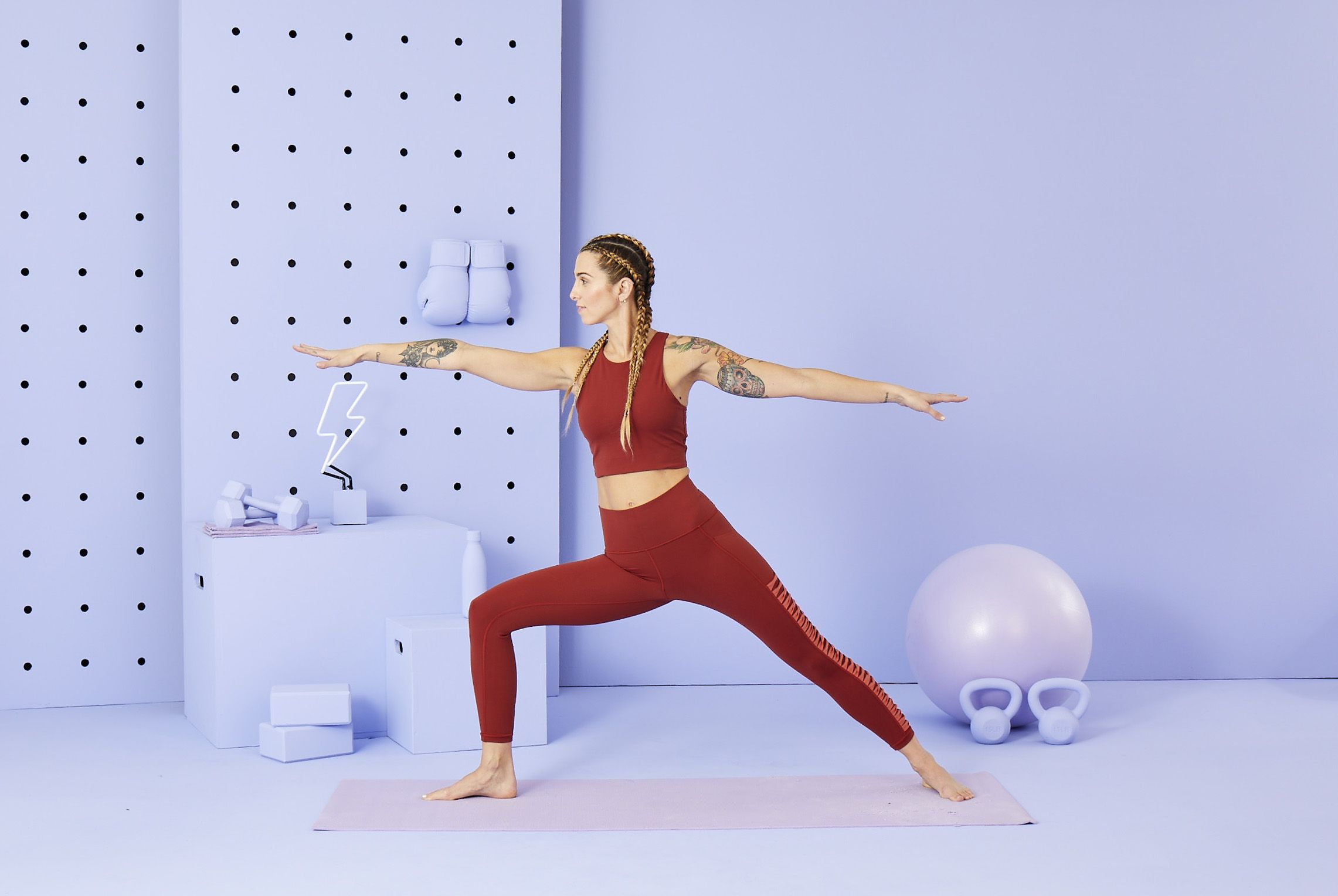
There are many great reasons to add yoga to your exercise routine. Yoga improves muscle tone, flexibility, and balance, and it helps you relax and reduce stress, thanks in part to its signature pranayama breathing. Bonus: Research has also shown that yogic practices reduce stress, anxiety, depression, and chronic pain; help you sleep better; and enhance overall well-being and quality of life.
Ready to give it a try? Here are eight beginner yoga poses — called “asanas” — recommended by yoga instructors. Sit cross-legged on a yoga mat with your hands on your knees, palms up. Keep your spine as straight as you can. Push the bones you’re sitting on down into the floor — your “sit bones” in yoga-speak. Close your eyes and inhale.
“This is a great pose for beginners to use as an assessment,” says Gwen Lawrence, yoga coach for a number of sports teams, athletes, and celebrities. “Just sitting on the floor gives you a perfect way to see and feel the external rotation on the legs.” This pose also boosts back flexibility and can help relieve stress.
Get on your mat on all fours with your hands directly below your shoulders and your knees directly below your hips. Distribute your weight equally between your hands and spread your fingers wide. Inhale and round your back, arching it up as you lower your chin to your chest; feel the stretch from your neck to your tailbone, like a cat. As you exhale, lower your back down all the way to a scoop shape as you lift your head, and tilt it back.
“Cat-Cow stretches and awakens the spine, which helps ease back pain,” says Leah Cullis, a certified yoga teacher and co-author of Power Yoga: Strength, Sweat, and Spirit. “It also opens and increases flexibility of the whole spine, neck, chest, and shoulders. I recommend repeating 5 to 10 times or more.”
Start by standing straight for this pose. Bring your hands together in the prayer position and lift them over your head. Balance on your right leg. Bend your left knee out to the left side and press your left foot to the inner thigh of your right leg, or even just your ankle. (To avoid injury, though, never press your foot into your knee.) Hold for 30 seconds. Switch legs and repeat.
“This pose helps to stretch the body long, from the heels to the tips of your fingers,” says Shea Vaughn, wellness and fitness expert and author of Breakthrough: The 5 Living Principles to Defeat Stress, Look Great, and Find Total Well-Being (and mom of actor Vince Vaughn). It will also help you improve your balance.
In Downward-Facing Dog, your body forms an inverted V-shape. Start by placing both hands on the mat in front of you, palms down; your hands should be slightly in front of your shoulders. Place your knees on the ground directly under your hips. Exhale as you lift your knees off the ground and lift your buttocks and hips toward the ceiling. Push the top of your thighs back and stretch your heels down toward the floor. Keep your head down between your upper arms and in line with them, not hanging down. If you notice your lower back rounding, try bending your knees to help lengthen your back.
“Downward-Facing Dog calms the nervous system, works on overall flexibility, decompresses the spine, tones the arms, sculpts the legs, and opens the shoulders,” says Cullis. The pose is often held for five breaths between sides, or longer for more strength-building benefits. Lengthen from your wrists to your hips on your inhales, and deepen your roots from your hips to your heels with each exhale, suggests Cullis.
From Downward-Facing Dog, simply bend your knees and lower your butt to your heels as you bring your chest toward the floor over your knees. Lower your shoulders and head to the floor. Place your arms along your sides, palms down, or you can support your head by folding your arms under your forehead. Breathe and relax for as long as you need to.
“Child’s Pose is one of the most healing yoga poses, and it’s my favorite of them all,” says Cullis. “It awakens the connection between the breath and body and sends calming energy through all the muscles. It’s an opportunity to get grounded, go inward, and to come out of your busy mind and into your body by awakening your breath from the inside out.” Child’s Pose is a great way to take a break and relax during your yoga practice, or anytime you feel tired or overwhelmed.
From all fours, move your right knee forward between your hands. As though you were doing a lunge, slowly straighten your left leg behind you, keeping the knee and top of the foot on the floor. Now rotate the right knee toward the right wrist and bring it down to the floor with your right calf flat on the floor and your right foot resting under your left groin. Lower your upper body over the bent leg, either all the way to the floor or resting on your elbows. Slowly inhale and exhale five times. Before you change sides, push back on your left leg to stretch the calf muscles. Repeat with your left leg bent and right leg extended.
This pose is a favorite for runners because it boosts hip flexibility and also releases the glutes and low back, Lawrence says. “If you run, lift weights, do CrossFit, or Spin, you must do this stretch to keep strong and flexible and enhance your performance,” she says. It may be challenging at first, but you’ll learn to love this pose, Lawrence promises.
Stand still, with your chest open and broad and your hands at your sides, and feel your feet on the floor and the sensations in your legs and back. Then analyze your posture in front of a mirror. Lawrence makes her athletes hold long pencils in each hand as they stand. “I tell them to look down at the pencils and, like a compass, see how they point. Are they the same? Does one point straight and the other point to three on the clock?”
This pose will show if you have any imbalances in your shoulders and give you clues about what you need to work on. If one pencil is very turned in, so is your shoulder.
This is a great ending pose for beginners and those experienced at yoga alike. Lie on the floor with your butt right up against a wall. “Walk” your legs straight up the wall so that your body is in an L shape with your torso flat on the floor and perpendicular to the wall. You may want to place a rolled-up blanket under your lower back for support; keep your elbows out to the sides on the floor for additional support. Flex toes to feel a stretch in the backs of your legs. Breathe deeply and hold the position for as long as you like. To release, bring your knees to your chest and roll over to your side.
Source: everydayhealth



